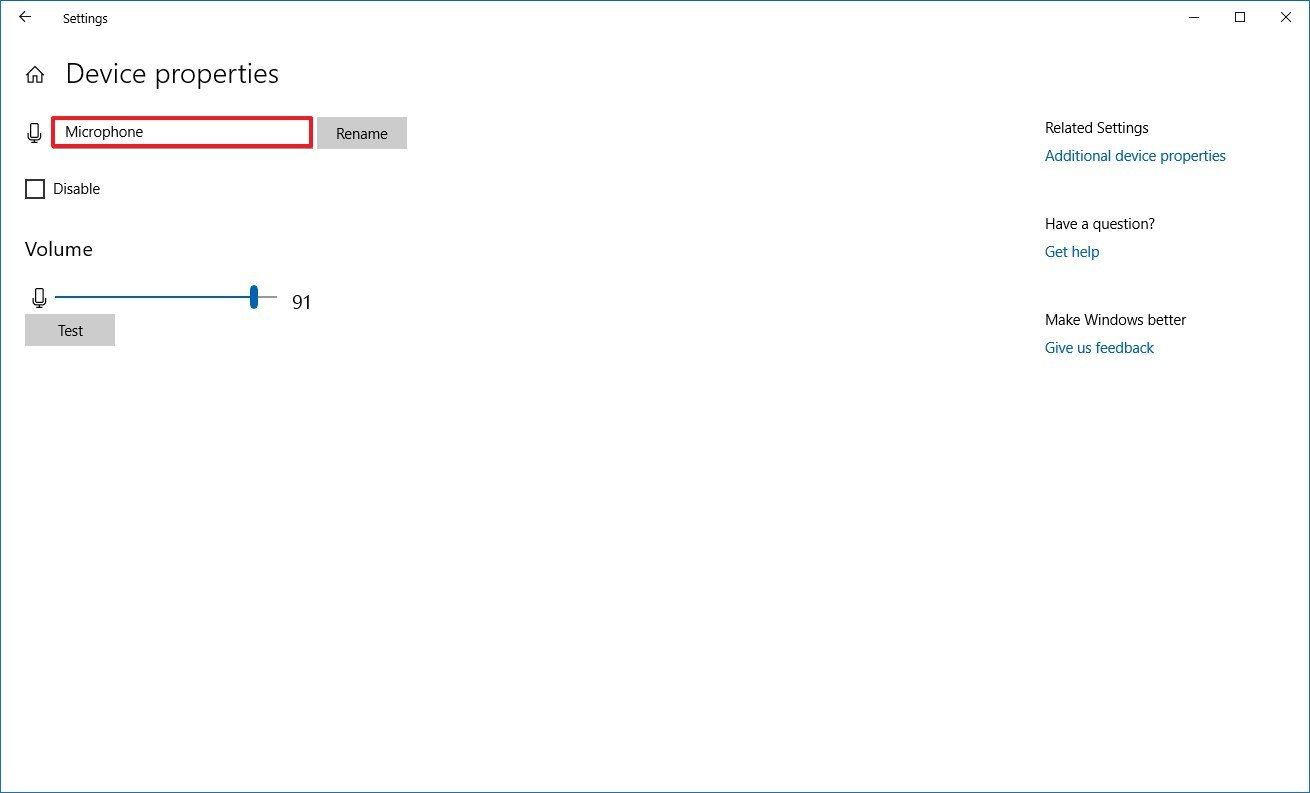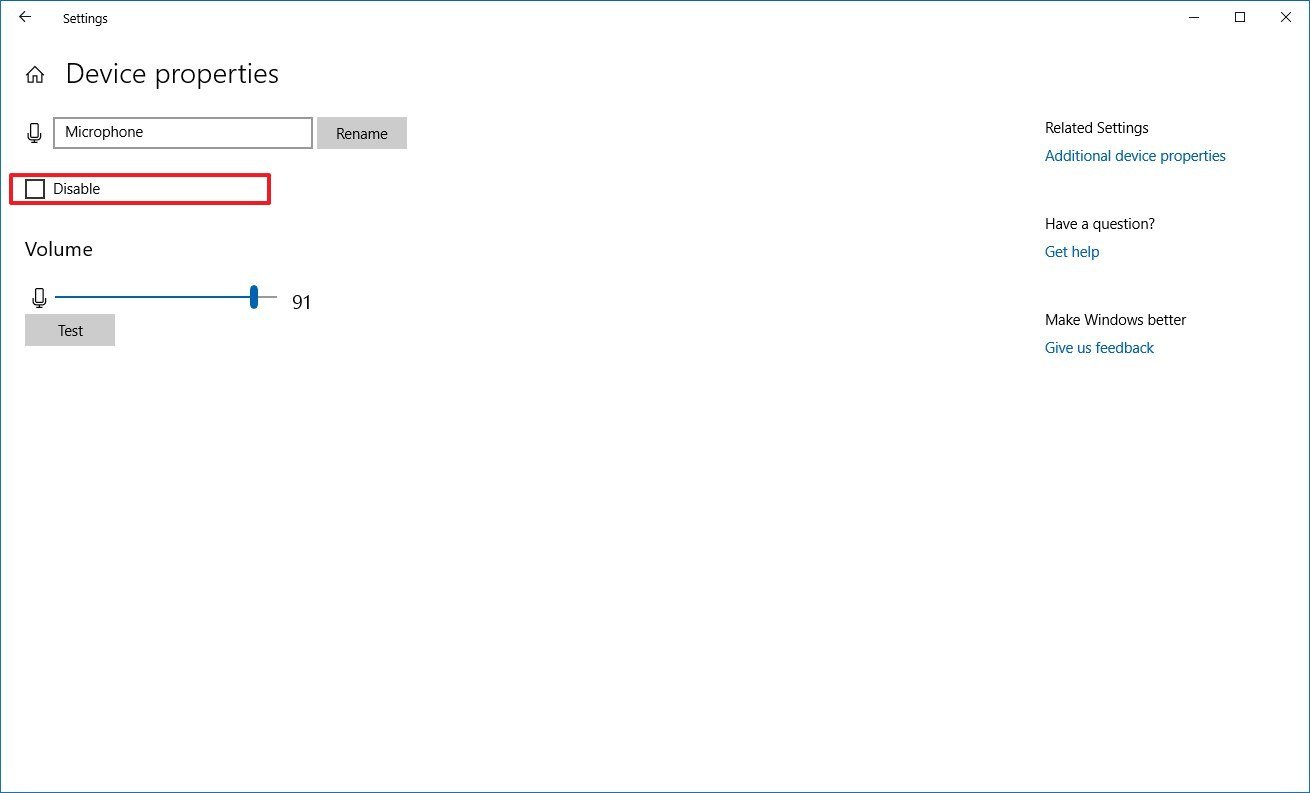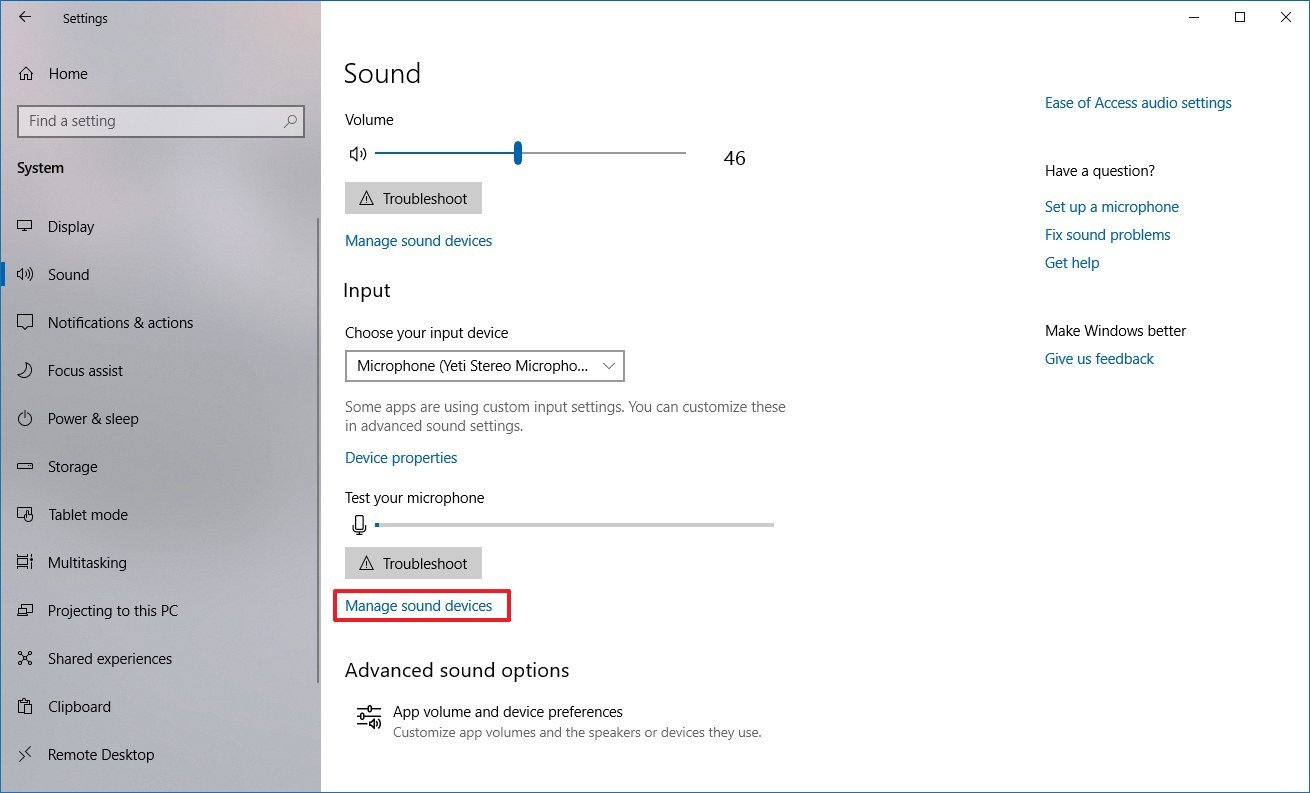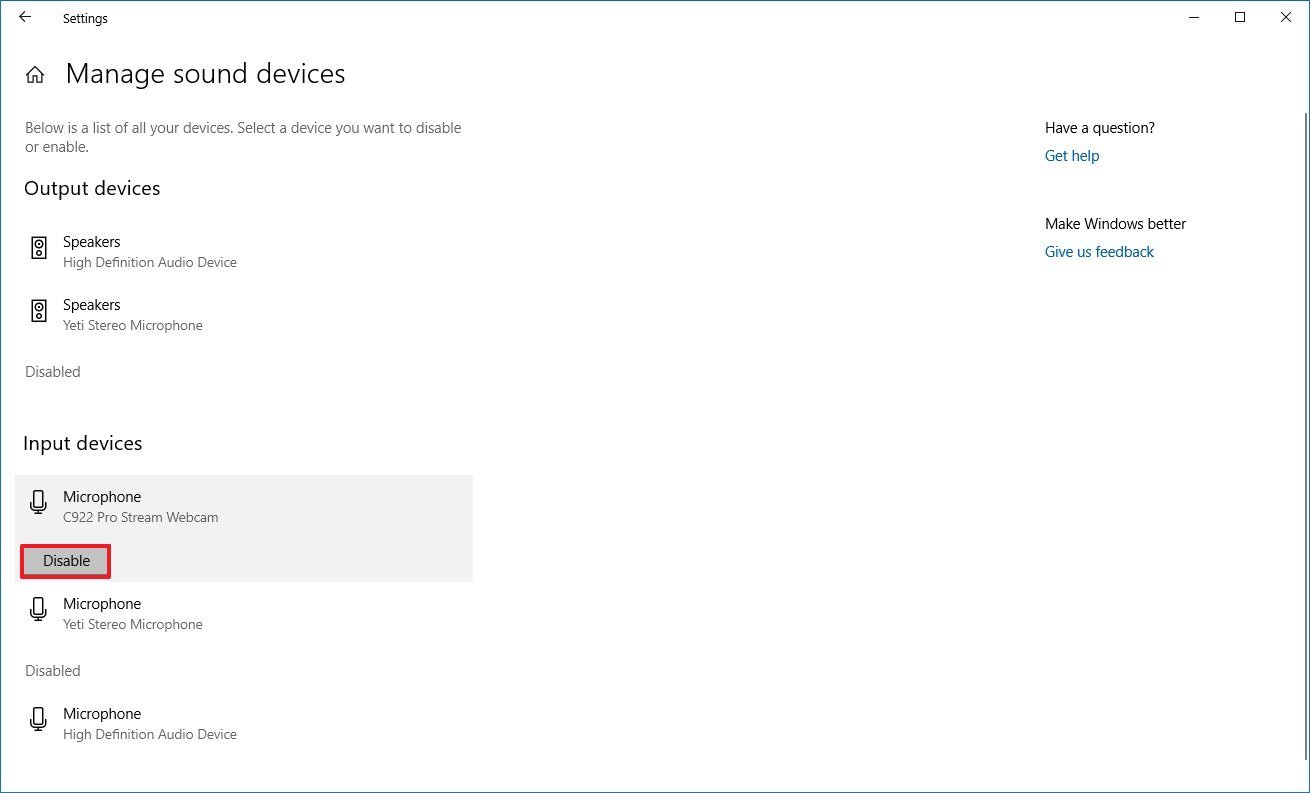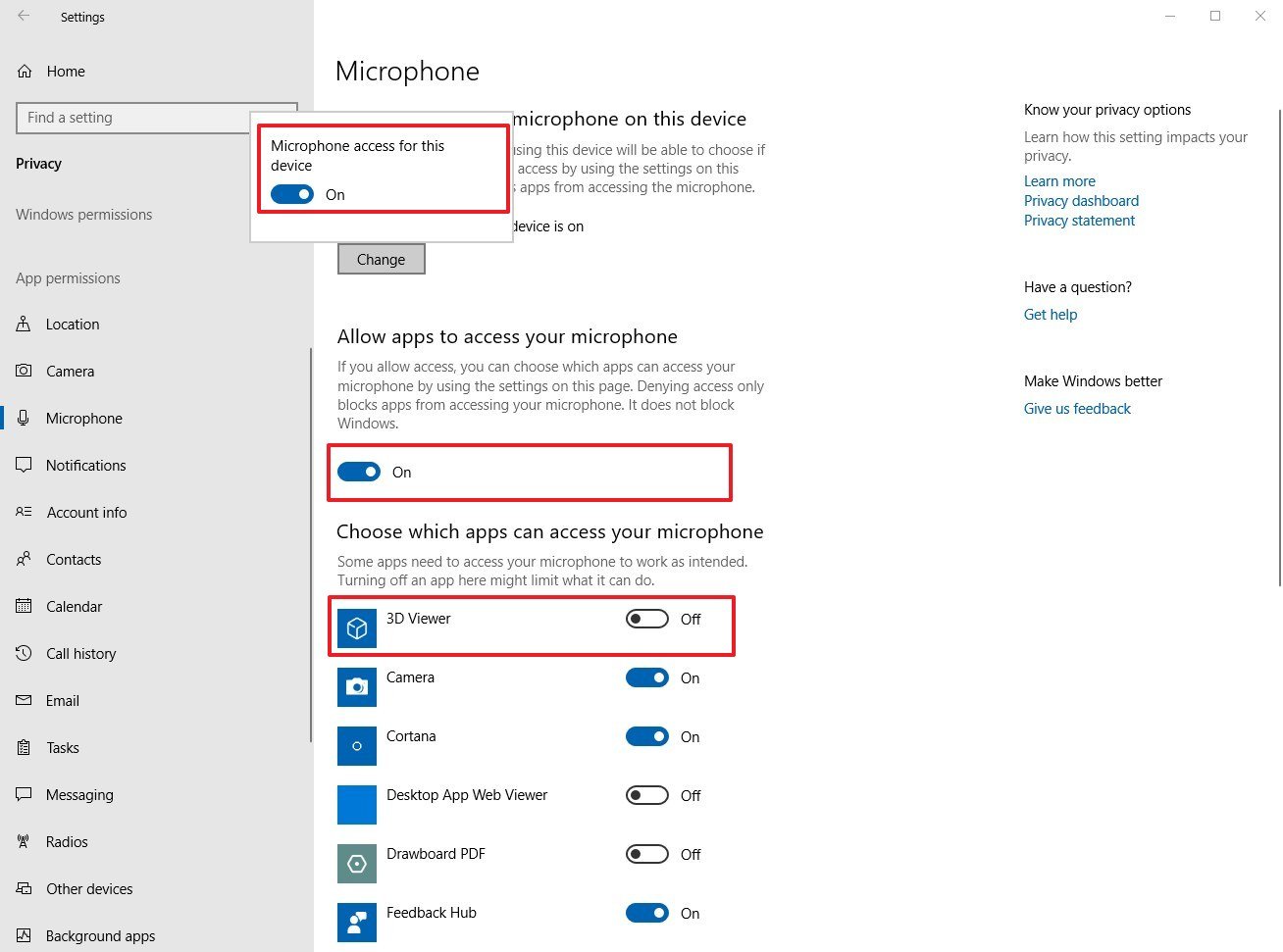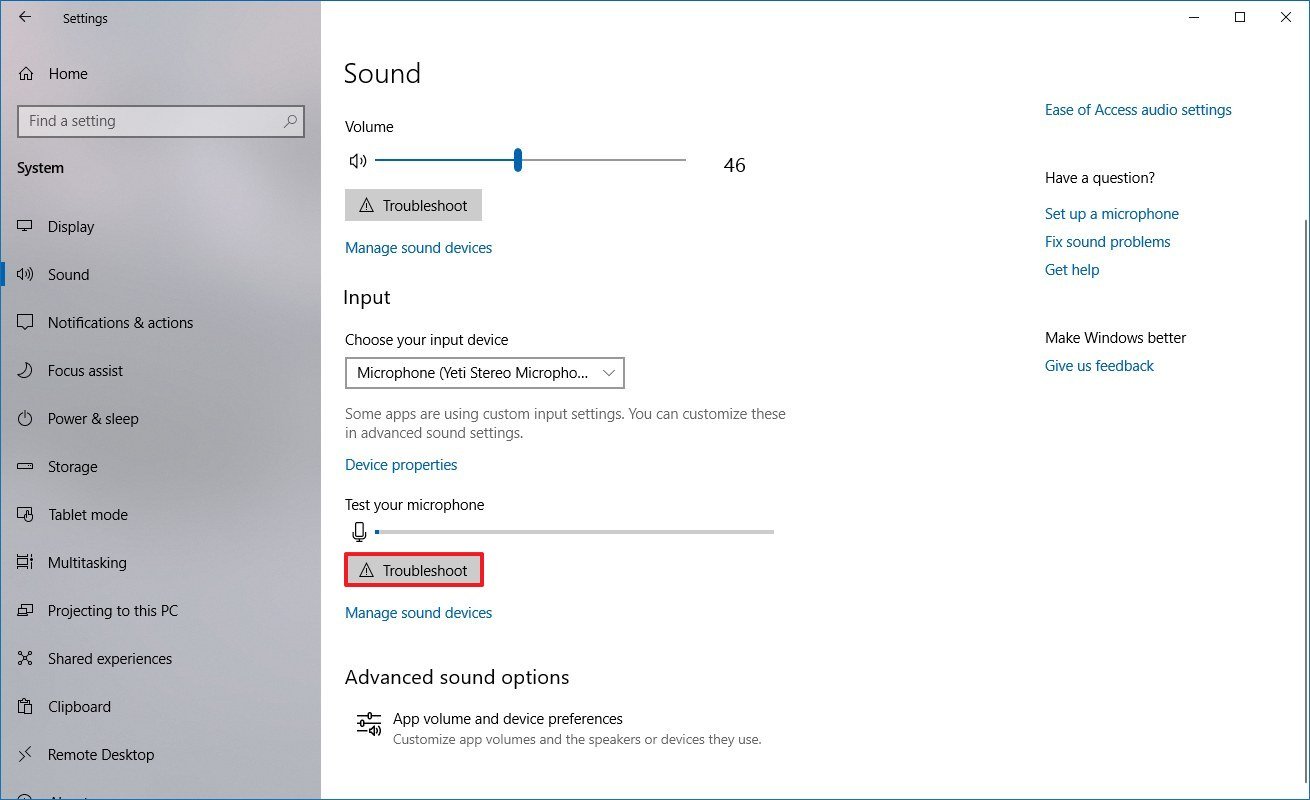How to manage Windows 10 microphone settings
If you have one or more microphones connected to your device, you can use these steps to manage settings and troubleshoot problems on Windows 10.
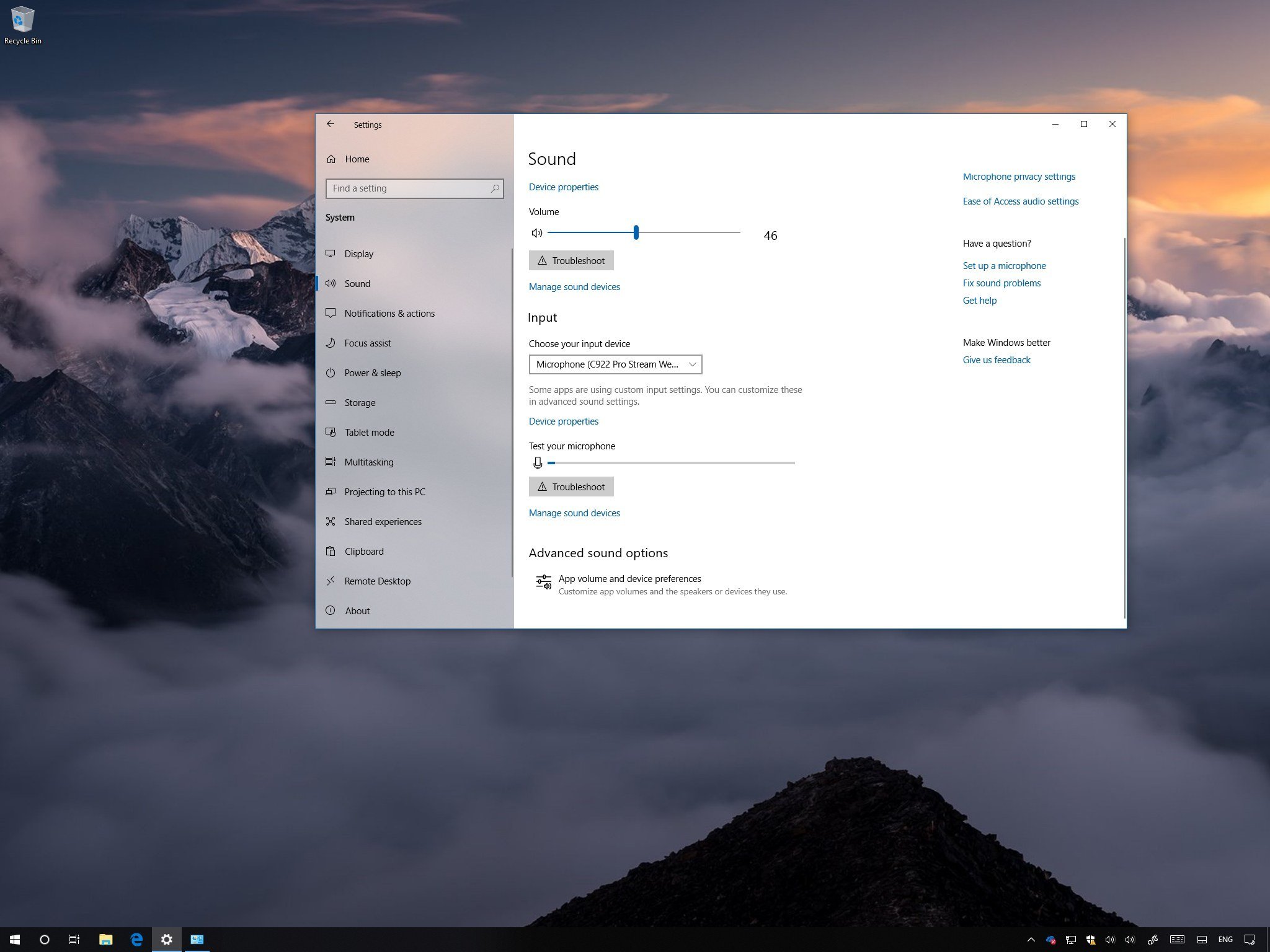
On Windows 10, the ability to configure your microphone settings has always been available, but it was a process that you needed to perform using Control Panel.
Since the release of the last two feature updates, Windows 10 has introduced changes that allow you to manage microphone settings, and troubleshoot problems, using the Settings app.
In this Windows 10 guide, we walk you through the steps to manage the microphone settings available with the October 2018 Update. In addition, we outline the steps needed to troubleshoot and fix common mic problems.
- How to set microphone as default using Settings
- How to rename microphone using Settings
- How to enable or disable a microphone on Windows 10
- How to fix microphone problems using Settings
How to set microphone as default using Settings
If you have a multi-microphone setup, such as one external mic and one built into the webcam, you can specify which one should be the system default using these steps:
- Open Settings.
- Click on System.
- Click on Sound.
- Under the "Input" section, use the drop-down menu and select the microphone that you want to use as the system default.
Once you complete these steps, Windows 10 and apps will use the microphone you selected as the new default.
How to rename a microphone using Settings
If you have multiple mics, the Settings app also allows you to change their names to anything you want. Just use these steps:
- Open Settings.
- Click on System.
- Click on Sound.
- Under the "Input" section, click the Device properties option.
- Type a descriptive name for the microphone.
- Click the Rename button.
After completing the steps, the microphone you selected will appear with a custom name for apps and system.
All the latest news, reviews, and guides for Windows and Xbox diehards.
How to enable or disable a microphone on Windows 10
On Windows 10, you can enable or disable a microphone from at least two different locations.
Enabling or disabling microphone from Device properties
To enable or disable the microphone currently set as default, use these steps:
- Open Settings.
- Click on System.
- Click on Sound.
- Under the "Input" section, click the Device properties option.
- Check the Disable option. (Or click the Enable button to turn on the device.)
Once you complete the steps, Windows 10 and apps will no longer have access to the microphone.
Enabling or disabling microphone from Manage sound devices
If you want to enable or disable one or more mics, you can use these steps:
- Open Settings.
- Click on System.
- Click on Sound.
- Under the "Input" section, click the Manage sound devices option.
- Under the "Input" section, select the microphone.
- Click the Disable button. (Or clear the Disable option to enable the device.)
- Repeat steps No. 5 and No. 6 to disable multiple microphones.
After completing the steps, the mics that you disabled will no longer be available for the system or apps.
How to fix microphone problems using Settings
If your device isn't able to recognize the microphone, or it's only working for some applications, you can troubleshoot and fix most common problems using the Privacy settings and the troubleshooter tool.
Using Privacy settings
To allow the system and apps to access your microphone, use these steps:
- Open Settings.
- Click on Privacy.
- Click on Microphone.
While on the Microphone page, you can decide whether other users can choose if their apps can access the microphone. Click the Change button, and then turn on the toggle switch to permit access.
If one or more applications can't access the mic, make sure that the Allow apps to access your microphone toggle switch is turned on.
In the case that only a particular app isn't able to access the microphone, it's probably because the app may have limited access. If this is the case, find the app in the list, and turn on the toggle switch under "Choose which apps can access your microphone."
Using the troubleshooter
Also, if the microphone isn't working, you can try using the built-in troubleshooter tool to fix common problems, using these steps:
- Open Settings.
- Click on System.
- Click on Sound.
- Under the "Input" section, click the Troubleshoot button.
- Continue with the on-screen directions to resolve the issue.

After completing the steps, you should be able to start using the microphone with any application on Windows 10.
If you're still unable to make the mic work, you can try to use a different port on your computer, or a different cable.
More Windows 10 resources
For more helpful articles, coverage, and answers to common questions about Windows 10, visit the following resources:
- Windows 10 on Windows Central – All you need to know
- Windows 10 help, tips, and tricks
- Windows 10 forums on Windows Central

Mauro Huculak has been a Windows How-To Expert contributor for WindowsCentral.com for nearly a decade and has over 22 years of combined experience in IT and technical writing. He holds various professional certifications from Microsoft, Cisco, VMware, and CompTIA and has been recognized as a Microsoft MVP for many years.


